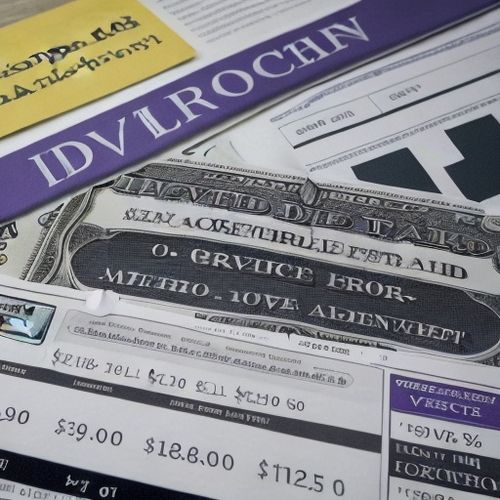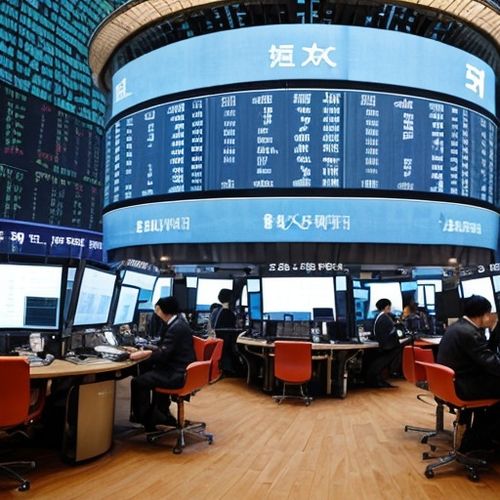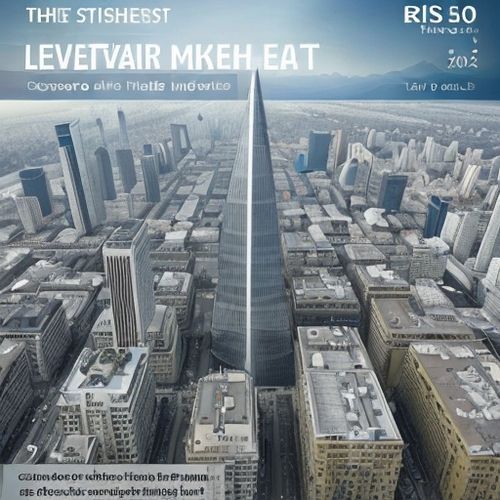For decades, China’s wealth management product (WMP) market thrived on an unspoken pact: banks promised investors principal protection and fixed returns, regardless of underlying asset performance. This culture of rigid redemption, akin to a state-backed safety net, fueled explosive growth, with WMPs ballooning to a $7 trillion market by 2021. But the 2018 Asset Management New Regulations—and their rigorous enforcement since 2022—shattered this illusion, ushering in an era where "buyer beware" replaces implicit guarantees. Overnight, investors accustomed to risk-free yields found themselves navigating a minefield of defaulted property-linked trusts, illiquid structured products, and bond portfolios ravaged by local government financing vehicle (LGFV) stress. The result? A market in flux: WMP balances contracted by 12% in 2023, even as yields on "non-guaranteed" products hit record spreads over bank deposits. For global observers, China’s break from rigid redemption offers parallels to Europe’s MiFID II reforms and the U.S. Dodd-Frank Act—but with uniquely Chinese characteristics. This guide unpacks the risks reshaping the world’s second-largest wealth management arena and equips investors to thrive in a post-guarantee paradigm.
The collapse of rigid redemption has exposed investors to a new taxonomy of risks, with credit contagion and liquidity traps at the forefront. Credit risk has emerged as a dominant threat, particularly as over 35% of WMP assets remain tethered to China’s embattled property sector and debt-laden LGFVs. The 2023 default of Zhongrong International’s $4 billion trust products laid bare the fragility of seemingly secure investments, revealing how even "high-grade" WMPs mask exposure to crumbling collateral—vacant commercial towers, unfinished infrastructure, and overleveraged developers. Traditional credit ratings, once a cornerstone of due diligence, now offer limited protection. Despite over 90% of corporate bonds held by WMPs carrying AA or higher ratings, default rates for AA issuers tripled to 2.7% in 2023. Savvy investors now look beyond ratings, tracking alternative indicators like supplier payment delays in supply chain finance assets, land auction withdrawal rates for property-backed products, and shadow banking loan rollover ratios to gauge true credit health.
Liquidity risk presents a subtler but equally perilous challenge. In the pre-reform era, banks routinely used their balance sheets to bridge maturity mismatches between WMP assets and liabilities. Post-2022 regulations have stripped away this safety net, leaving many products vulnerable to redemption shocks. A 2023 PBOC study revealed that 60% of WMPs hold assets with liquidity coverage ratios (LCR) below 80%, meaning fire sales could trigger during mass withdrawal requests. The Everbright Bank incident serves as a cautionary tale: when a coal-mining-linked WMP faced redemption demands exceeding 150% of its LCR, the bank froze withdrawals for 90 days, crystallizing losses for investors. In this environment, liquidity management has become a critical skill. Investors now prioritize products allocating over 30% to exchange-traded bonds or asset-backed securities (ABS) while avoiding those overly reliant on illiquid private equity or venture capital exits.
Opacity in product structuring compounds these risks, as shadow banking practices evolve to circumvent regulatory scrutiny. China’s crackdown on traditional shadow banking from 2017 to 2020 did not eliminate risky behavior but drove it deeper into WMP frameworks. A 2024 IMF report estimates that 18% of WMP assets flow through "quasi-guarantee" channels, including Wealth Management Direct Financing Tools (WMDFT), Trust Beneficiary Rights (TBR) swaps, and structured deposits with embedded derivatives. WMDFTs, for instance, allow banks to pool WMP funds for direct corporate lending, bypassing loan classification rules and often relying on inflated revenue projections rather than collateral audits. TBR swaps enable banks to offload non-performing WMP assets to trust companies through opaque repackaging deals, obscuring risk concentrations. Structured deposits, marketed as low-risk options, embed complex derivatives tied to commodities or foreign exchange rates—a perilous proposition for retail investors. The case of China Merchants Bank’s "Golden Stable Return" WMP exemplifies this opacity. Marketed as a conservative bond fund, it secretly allocated 40% to TBR swaps linked to a defaulted solar panel manufacturer, a truth investors discovered only when monthly payouts abruptly halted.
Investor behavior further amplifies these challenges, as decades of implicit guarantees have ingrained a dangerous cognitive bias. A 2023 Tsinghua University experiment revealed that 58% of WMP buyers continued to believe in implicit bank guarantees even after reading explicit "non-guaranteed" disclaimers. This mindset fuels reckless strategies, such as chasing yields as high as 8.5% from rural cooperatives without assessing underlying assets—akin to U.S. retirees overloading on junk bonds before the 2008 crisis. Many investors compound risks by rolling maturing WMPs into longer-term products to "lock in" rates, ignoring mounting interest rate risks. Even those attempting diversification often unknowingly concentrate exposure, with 80% of their WMPs sharing ties to the same LGFV bonds or property developers. Financial institutions exacerbate these issues through AI-driven recommendation engines that prioritize commission-rich products over suitability, while sales staff pressured by quotas push complex structured notes to risk-averse retirees.
Regulatory arbitrage has become a high-stakes cat-and-mouse game. As Beijing tightens oversight, institutions engineer increasingly sophisticated workarounds. A common tactic involves WMP nesting—layering products through banks, trusts, and securities affiliates to dilute transparency. One such chain might see a bank WMP invest in a trust plan, which channels funds to a securities affiliate’s asset-backed commercial paper (ABCP), ultimately financing a distressed property developer. Each layer extracts fees while distancing investors from the underlying risks. Regulators have responded with measures like asset reservation ratios (mandating 5-10% holdings in liquid government bonds), single-issuer caps (limiting exposure to 25% of net assets), and leverage limits (capping borrowed funds at 140% of equity). Yet loopholes persist. Some banks exploit "private WMP" exemptions—products sold to fewer than 200 qualified investors—to evade disclosure rules, while others use offshore SPVs in Hong Kong or Singapore to warehouse toxic assets. The Ping An Trust scandal laid bare this global shell game, revealing how $2.1 billion in non-performing loans were shifted to a Bermuda entity before being repackaged as "cross-border ABS" and sold back to mainland WMPs.
Surviving this new landscape demands innovative strategies that transcend traditional diversification. Allocating 15-20% of portfolios to alternative assets like gold-backed ETFs, REITs, or China’s nascent carbon futures market can provide ballast against WMP volatility. Liquidity laddering—staggering investments across 3-, 6-, and 12-month maturities—helps mitigate rollover risks during interest rate hikes. Advanced due diligence tools are also critical. Platforms like Wind Financial’s “WMP Risk Scanner” employ natural language processing to analyze asset composition reports, flagging overconcentration in high-risk sectors like property or LGFVs. Contingency planning is equally vital: pairing WMP investments with Shanghai Stock Exchange 50 ETF put options offers a hedge against systemic shocks. Institutional investors are pioneering another approach through WMP activism—pooling assets to meet 5% ownership thresholds and demanding board seats in underlying project companies to gain visibility into cash flows and collateral valuations.
The post-guarantee era, while fraught with challenges, ultimately signals a maturation of China’s financial markets. The painful transition from paternalistic guarantees to risk-conscious investing mirrors global shifts toward transparency and accountability. Short-term turbulence notwithstanding, the long-term benefits—healthier risk-return dynamics, alignment with international standards, and the growth of China’s $1.5 trillion mutual fund market—promise a more sustainable future. For individual investors, success now hinges on embracing a new identity: not passive yield-chasers, but informed stewards of their financial destinies. In this reshaped landscape, true security derives not from hollow promises, but from the relentless pursuit of knowledge and adaptability. As China’s wealth management sector sheds its training wheels, those who master the art of risk navigation will discover that the end of rigid redemption is not an obstacle, but an invitation to build genuine, resilient wealth.

By Noah Bell/Mar 30, 2025

By Christopher Harris/Mar 30, 2025

By Benjamin Evans/Mar 30, 2025

By Victoria Gonzalez/Mar 30, 2025

By Daniel Scott/Mar 30, 2025

By Ryan Martin/Mar 30, 2025

By Sarah Davis/Mar 30, 2025

By Samuel Cooper/Mar 30, 2025

By Jessica Lee/Mar 30, 2025

By Jessica Lee/Mar 30, 2025

By Christopher Harris/Mar 30, 2025

By John Smith/Mar 30, 2025

By Ryan Martin/Mar 30, 2025

By Amanda Phillips/Mar 30, 2025

By Eric Ward/Mar 30, 2025

By Emily Johnson/Mar 30, 2025

By Amanda Phillips/Mar 30, 2025